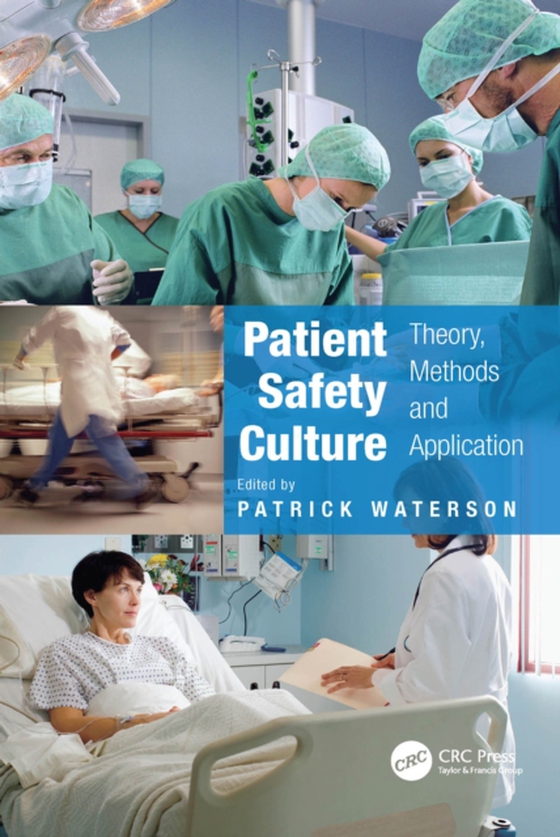
Patient Safety Culture e-bog
509,93 DKK
(inkl. moms 637,41 DKK)
How safe are hospitals? Why do some hospitals have higher rates of accident and errors involving patients? How can we accurately measure and assess staff attitudes towards safety? How can hospitals and other healthcare environments improve their safety culture and minimize harm to patients? These and other questions have been the focus of research within the area of Patient Safety Culture (PSC)...
E-bog
509,93 DKK
Forlag
CRC Press
Udgivet
9 oktober 2018
Længde
444 sider
Genrer
JFFU
Sprog
English
Format
epub
Beskyttelse
LCP
ISBN
9781317083191
How safe are hospitals? Why do some hospitals have higher rates of accident and errors involving patients? How can we accurately measure and assess staff attitudes towards safety? How can hospitals and other healthcare environments improve their safety culture and minimize harm to patients? These and other questions have been the focus of research within the area of Patient Safety Culture (PSC) in the last decade. More and more hospitals and healthcare managers are trying to understand the nature of the culture within their organisations and implement strategies for improving patient safety. The main purpose of this book is to provide researchers, healthcare managers and human factors practitioners with details of the latest developments within the theory and application of PSC within healthcare. It brings together contributions from the most prominent researchers and practitioners in the field of PSC and covers the background to work on safety culture (e.g. measuring safety culture in industries such as aviation and the nuclear industry), the dominant theories and concepts within PSC, examples of PSC tools, methods of assessment and their application, and details of the most prominent challenges for the future in the area. Patient Safety Culture: Theory, Methods and Application is essential reading for all of the professional groups involved in patient safety and healthcare quality improvement, filling an important gap in the current market.
 Dansk
Dansk

